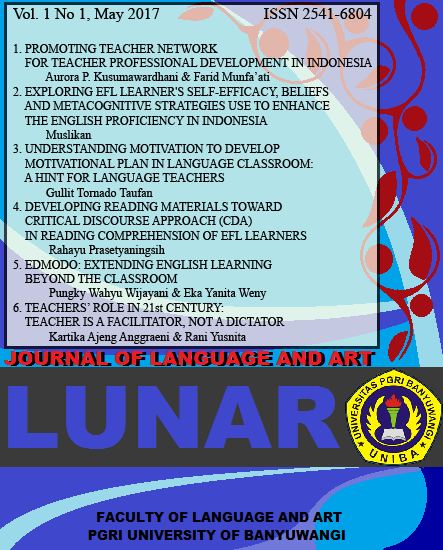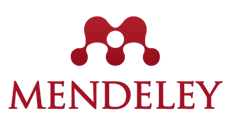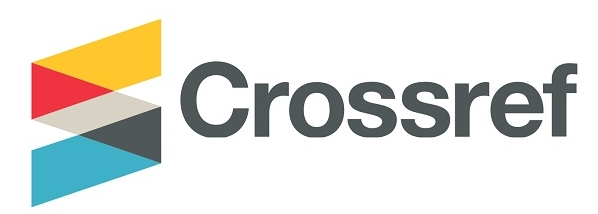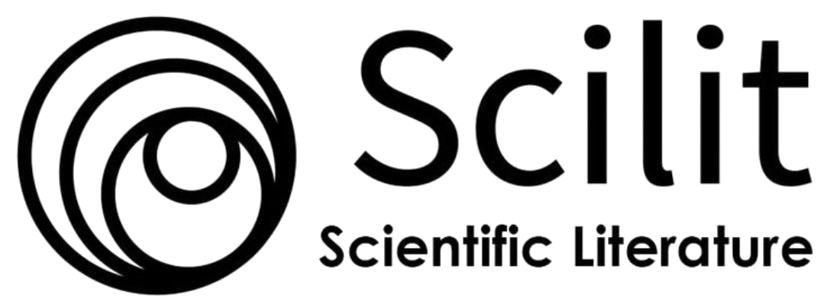DEVELOPING READING MATERIALS TOWARD CRITICAL DISCOURSE APPROACH (CDA) IN READING COMPREHENSION OF EFL LEARNERS
Abstract
Reading comprehension is commonly implemented in classroom only focus on language features without any interact with the written text in meaningful ways. Some teachers guide their students in analyzing linguistics structure or new vocabulary items in reading class, while reading actually not only focus on those activities. By reading, the learners as readers should also consider about the implicit meaning of the text and the way the writers express their ideas and thoughts toward a particular topic. Nabi. AEbrahimi and Ali Rahimi’s article “Toward a more efficient EFL reading comprehension classroom environment: The Role of content and critical reading” in 2013 clearly state that most of EFL teachers were often to select the reading text which is only present the survival or without involving the general interest material for their students. They also state that, in selecting the reading passage the teachers should contextually such as social, discursive and textual. Ebrahimi and Rahimi’s research was conducted to investigate the effect of a change in reading content and in structure but also lot of enjoyment and information of particular topic could be gained in order to improve their knowledge in many kinds of reading text which is teaching reading via a Critical Discourse Approach (CDA) framework on students’ perceptions of their reading classroom environment. But, they did not provide some criteria toward a good reading passage and close to the contextual meaning for the students. In order to help teachers in selecting or developing their own reading passage which is involved some social aspects, latent message of the text and also writers’ ideologies and thoughts, the writer suggest that EFL teachers should consider about some criteria deal with a good reading passage to enrich students awareness that a reading passage not only study about words and interesting.
References
Ahmadi, M. R, Ismail, H. N & Abdullah, M. K. K. 2013.The Importance of Metacognitive Reading Strategy Awareness in Reading Comprehension.CanadianCentreof Science and Education. 6(10), 235-244.
Cots, J. M. 2006.Teaching ‘with an Attitude’: Critical Discourse Analysis in EFL teaching. ELT Journal.60(4), 336-343.
Ebrahimi, N.A &Rahimi, A. 2013. Towards a More Efficient EFL Reading Comprehension Classroom Environment: The Role of Content and Critical Reading. Apples- Journal of Applied Language Studies. 7(2), 1-15.
http://www.cla.purdue.edu/blackmon/engl360k/critical.html. Accessed on 28 March 2014
http://www.criticalreading.com/critical_reading.htm. Accessed on 28 March 2014
http://www.ncte.org/positions/statements/selectingelamaterial. Accessed on 28 March 2014
http://www.teachingenglish.org.uk/article/how-approach-discursive-writing. Accessed on 28 March 2014
http://www.uefap.com/reading/crit/critfram.htm. Accessed on 28 March 2014
www.odelleducation.com. Accessed on 28 March 2014
J.C. Alderson & A. H. Urquhart (Eds.) Reading in a foreign language. London: Longman.
Naseri,M. 2012. The Relationship between Reading Self-efficacy Beliefs, Reading Strategy Use and Reading Comprehension Level of Iranian EFL Learners. World Journal of Education.2(2), 64-75.
Nunan, D. 2003. Practical English Language Teaching Teacher's Text Book.MCGRAW-HILL Higher Education.ExportCitation
Yao, F. 2012. A Study on Strategies-Based Reading Instruction at College Level.Studies in Literature and Language.4(3), 50-54.
Downloads
Published
How to Cite
Issue
Section
License
This work is licensed under a Creative Commons Attribution-ShareAlike 4.0 International License.



















